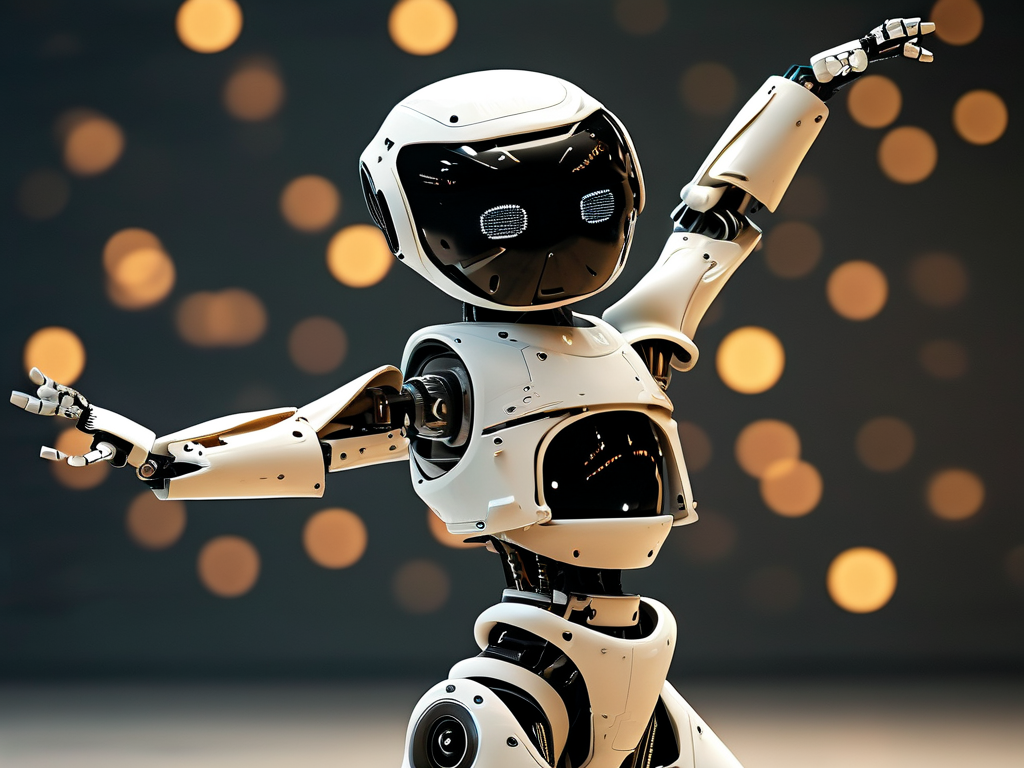The fusion of robotics and artistic expression has reached new heights with the emergence of robotic dance technology. At its core, this innovation relies on a sophisticated interplay of hardware engineering, motion planning algorithms, and real-time sensor feedback. Unlike traditional industrial robots programmed for repetitive tasks, dance-enabled machines must master fluidity, rhythm adaptation, and spatial awareness—capabilities that push the boundaries of automation.

Kinematic Foundations
Robotic dance begins with multi-axis servo systems capable of mimicking human joint flexibility. Advanced actuators equipped with torque sensors enable precise control over angular movements, allowing machines to execute everything from sharp pops to smooth waves. For instance, humanoid robots like Boston Dynamics' Atlas utilize hydraulic-driven limbs to achieve dynamic balance during complex maneuvers. These systems process thousands of data points per second through inertial measurement units (IMUs) to maintain stability while "grooving" to music beats.
Algorithmic Choreography
The magic unfolds in the software layer, where machine learning models convert musical inputs into motion sequences. Spectrogram analysis breaks down audio tracks into frequency components, which neural networks map to predefined movement libraries. A breakthrough came with reinforcement learning frameworks that let robots improvise movements through trial-and-error training. Researchers at ETH Zurich recently demonstrated a system where bots could adapt their dance styles based on crowd reactions captured via cameras—a feat requiring real-time emotional recognition algorithms.
Sensor Fusion Challenges
Synchronizing motion with external stimuli demands seamless integration of LiDAR, RGB-D cameras, and pressure-sensitive footplates. During a performance, robots continuously adjust their trajectories using simultaneous localization and mapping (SLAM) techniques to avoid collisions. Take the example of Sony's TOBI—a bipedal robot that uses millimeter-wave radar to detect audience proximity, enabling it to modify dance steps without interrupting the flow.
Energy Efficiency Constraints
High-energy dance sequences pose unique power management challenges. Hybrid systems combining lithium batteries with supercapacitors have become popular, providing bursts of energy for jumps while maintaining low-power standby modes. MIT's Cheetah robot exemplifies this approach, delivering 15-minute dance routines through optimized energy recycling from kinetic movements.
Human-Robot Collaboration
The latest trend involves collaborative performances where humans and robots share the stage. Using motion capture suits and wireless mesh networks, human dancers can lead robotic partners through mirrored movements. A 2023 Tokyo showcase featured a ballet duo where a human ballerina's movements were replicated by a robot with 98% temporal accuracy, achieved through ultra-low-latency 5G data transmission.
While skeptics argue about the "soul" of machine-led art, the technical marvels behind robotic dance continue to redefine creative boundaries. As quantum computing edges closer to practical applications, future systems may achieve true improvisational artistry—blending physics, aesthetics, and artificial intuition in ways that challenge our very definition of performance.









